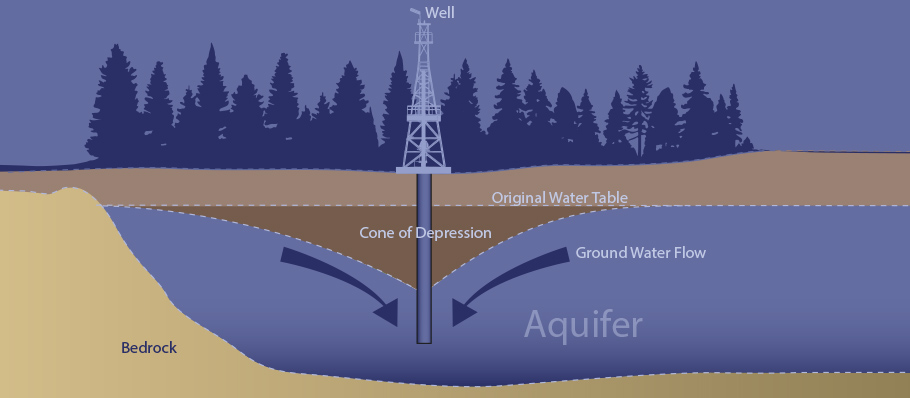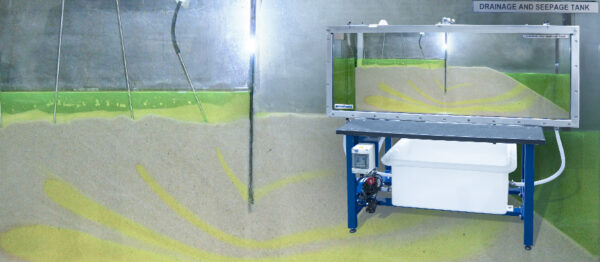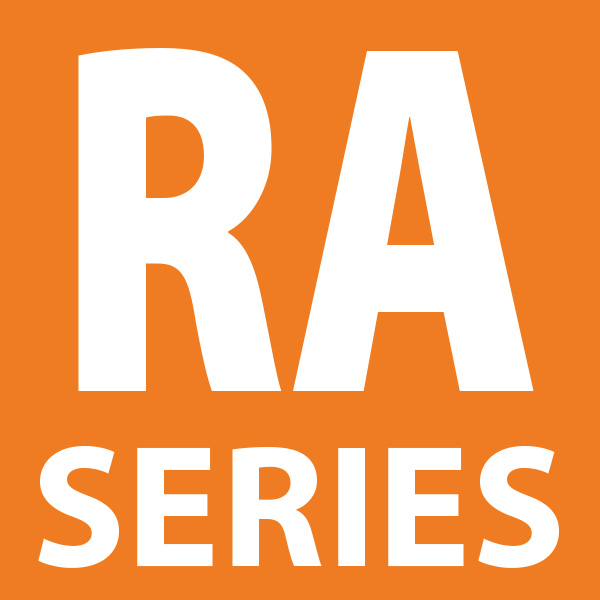Beneath the Surface: Deciphering Ground Water Flow Patterns

Understanding ground water flow is central to effective water resource management, environmental science, and engineering practice. While water above the ground in rivers, lakes, and wetlands is easy to observe, the silent and steady movement of underground water remains less visible but no less important. At Armfield, we provide leading Hydraulics and Hydrology apparatus that allows researchers, educators, and engineers to study, simulate, and manage ground water systems with precision.
What is Ground Water and Why is it Important?
Ground water refers to the water stored within the pore spaces of soils, sediments, and geological formations beneath the ground surface. Unlike surface water, which collects in rivers and lakes, ground water is often hidden below the land surface, existing in aquifers that can serve as essential water supplies for drinking, irrigation, and industry. Globally, ground water provides nearly half of the world’s drinking water and plays a key role in maintaining flow in surface water bodies.
Understanding ground water flow helps scientists and hydrogeologists ensure water quality, predict contaminant transport, and safeguard long-term water resources.
Sources and Recharge of Ground Water
Ground water originates primarily from precipitation, such as rainfall and snowmelt, which infiltrates the soil and percolates through subsurface layers. This process is known as ground water recharge. Infiltration occurs when water molecules move downward through porous medium until they reach the zone of saturation. Recharge is critical in maintaining the balance of water table aquifers and deeper confined aquifers.
Human activities such as paving and deforestation often reduce natural infiltration, highlighting the need for careful groundwater management strategies.
Factors Influencing Ground Water Flow
Several elements determine the speed and direction of groundwater movement:
-
Topography: Water generally flows from areas of higher hydraulic head to areas of lower hydraulic head, often following elevations and gradients in the land surface.
-
Soil and Rock Type: Granular sediments and permeable materials such as sand and limestone allow rapid flow rates, whereas shale and clay form low permeability barriers.
-
Porosity: The amount of void spaces within subsurface materials dictates how much water can be stored and transmitted.
-
Human Activities: Excessive pumping of well water, contamination from underground storage tanks, or land use changes can disrupt natural flow patterns.
Aquifers and Flow Systems
Ground water exists in different aquifer types:
-
Unconfined aquifers: Directly connected to the surface, their water levels fluctuate with precipitation and surface runoff.
-
Confined aquifers: Protected by impermeable layers, these are often under pressure differences and may produce artesian water.
-
Perched aquifers: Small, localised systems where water sits above impermeable rock within the unsaturated zone.
Each aquifer type influences groundwater flow direction, flow velocities, and the availability of water resources.

Ground Water and the Hydrologic Cycle
Ground water is a crucial part of the water cycle, also known as the hydrologic cycle. It interacts continuously with surface water bodies, contributing to stream flow, wetlands, and lakes. Recharge, storage, and discharge areas create a dynamic balance where ground water and surface water are interconnected.
Hydrogeologists often apply Darcy’s Law to quantify flow rates in a groundwater system, using measures of hydraulic conductivity and significant hydraulic gradients to model flow nets and predict contaminant transport.
Human Impacts on Ground Water Flow
Ground water systems are highly sensitive to human intervention. Excessive pumping can lower the water table, leading to declining water supplies and even land subsidence. Poorly managed industrial activity may lead to contaminated groundwater, which is difficult and costly to remediate. Urbanisation also alters flow lines by reducing natural infiltration and increasing surface runoff.
Sustainable groundwater management requires monitoring water levels, testing water quality, and implementing permeability tests to assess subsurface layers.
Tools for Studying Ground Water Flow
Modern groundwater studies rely on advanced groundwater flow models to simulate flow paths, predict flow patterns, and evaluate the spread of contaminants. At Armfield, our Hydraulics and Hydrology apparatus is designed to support these studies by replicating complex subsurface materials and flow velocities in controlled laboratory conditions. This enables researchers and educators to apply theoretical principles like Darcy’s formula to practical experiments, building a deeper understanding of groundwater systems.
FAQs on Ground Water Flow
What is ground water and how does it differ from surface water?
Ground water is stored beneath the land surface in aquifers, while surface water is found in rivers, lakes, and wetlands. Ground water often moves more slowly, through porous formations and subsurface layers.
How can groundwater flow direction be determined?
It can be identified by mapping equipotential lines and measuring hydraulic head differences. Water flows from higher to lower hydraulic head, often towards the nearest stream or discharge area.
What role does porosity play in groundwater movement?
Porosity refers to the percentage of void spaces in rock formations or granular sediments. Higher porosity means greater potential for water storage and movement, while lower porosity restricts flow.
What methods are used in modern groundwater studies?
Hydrogeologists use Darcy’s equation, flow nets, and groundwater flow models, alongside permeability tests and monitoring wells, to analyse groundwater levels and predict future flow patterns.

Sustainable Ground Water Management
Sustainable management of underground water resources requires an integrated approach: protecting aquifers from pollution, reducing over-extraction, and ensuring continuous monitoring of water quality. As population pressures and climate change impact water resources, a deeper understanding of groundwater flow is essential.

Discover How Armfield Can Help
At Armfield, we offer a wide range of Hydraulics and Hydrology apparatus designed to support groundwater studies, teaching, and applied research. Whether you’re modelling flow velocities in a porous medium or demonstrating Darcy’s Law to students, our solutions provide the accuracy and reliability you need.
Contact us today to learn more about how our apparatus can advance your understanding of ground water flow.
You may also like
(to be added when all new posts are approved)

Armfield can trace its history back over 130 years, throughout which, the Company’s policy of quality, innovation and service has helped it to maintain a strong market position and develop a reputation for industry leadership in the field of Engineering teaching.
Education Division
Operating since 1963, the Armfield Education Division designs and manufactures equipment for engineering education and research.
Industrial Division
The Armfield Industrial Division designs and manufactures research & development systems, primarily for the food, beverage, dairy, edible oil and pharmaceutical industries.




































